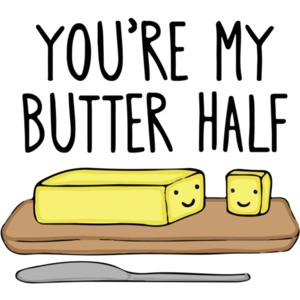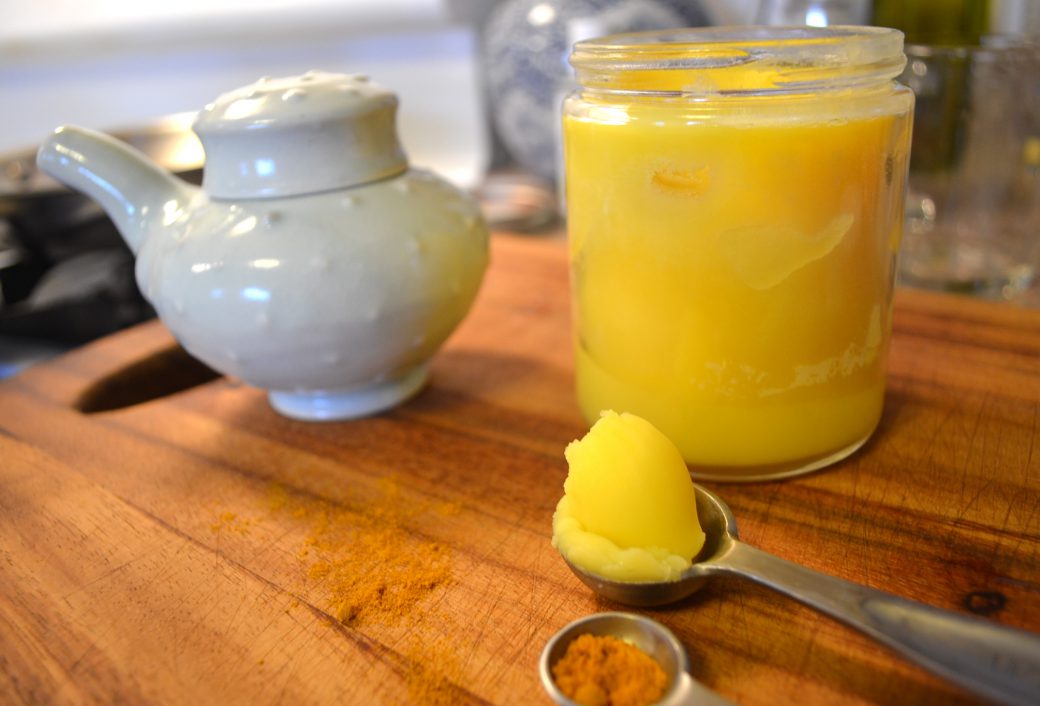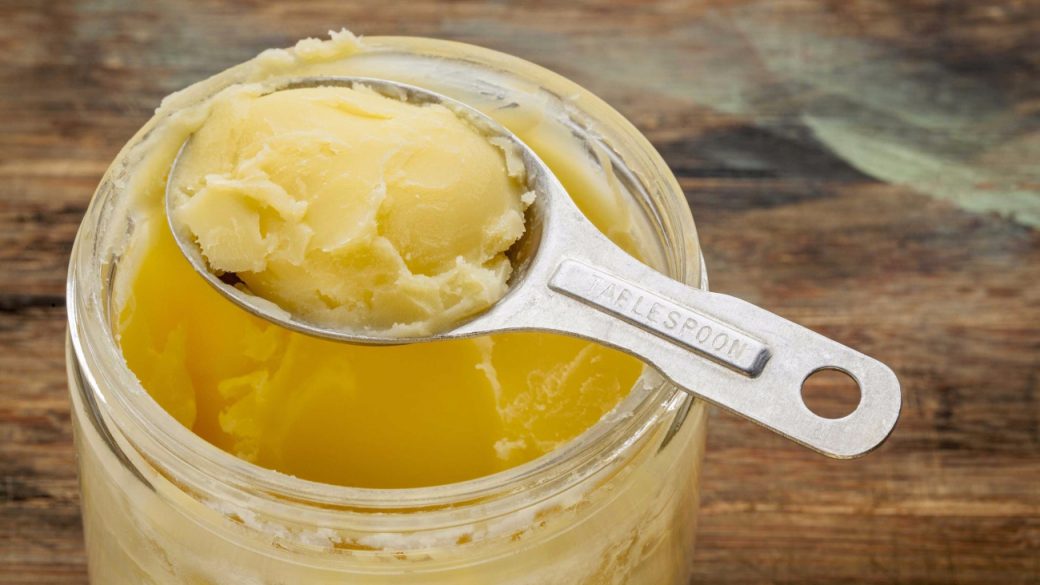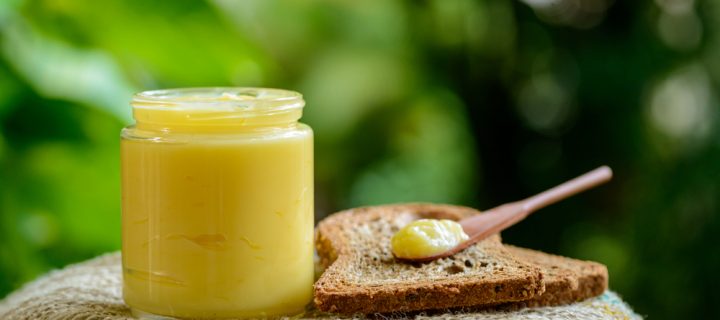If you’re not familiar with what Ghee is, just think of it as a butter from another mother.
Bad puns aside, ghee is a type of clarified butter that originated in India. Clarified butter is made through heating unsalted butter slightly, just enough for the milk solids to separate from the golden liquid that drifts off after the butter’s melted.
 The milk solids are removed, giving the butter a higher smoke point – optimal for high cooking temperatures. Plus, the butter enjoys an increased shelf life, though it trades off some of that classic butter taste.
The milk solids are removed, giving the butter a higher smoke point – optimal for high cooking temperatures. Plus, the butter enjoys an increased shelf life, though it trades off some of that classic butter taste.
Ghee takes clarified butter to the next level.
After the milk solids and liquid butter have separated, the fun doesn’t end there; to make ghee, the contents stay in the pan, continuing to simmer until ALL the moisture evaporates, with the milk solids turning brown. That resulting food matter is the distinct, browned, nutty, caramel-like taste and aroma ghee is heralded for.
It enjoys the same prolonged life span, is amazing for high smoke point cooking (375 degrees), and can be frozen for up to a year. Plus, it’s a cinch to make ghee at home, needing nothing more than unsalted butter and a heavy saucepan.
How do I use ghee?
Ghee is ideally utilized in deep or pan frying. It’s also fantastic for toasting spices compared to dry roasting, making for some truly authentic Indian cuisine.

Besides that, think of ghee as a more robust, more flavourful form of butter – so use it on toast, toss it with veggies, or use it just like you would original butter.
Related: Butter’s Bad Reputation is Undeserved, New Research Suggests
If you want to enjoy ghee like a traditionalist, you can prepare flavoured ghee – add ginger, peppercorns, cumin, or other spices at the very start of the clarifying process we outlined earlier.
What are the benefits of cooking with ghee?
People not only prefer ghee because of its extended shelf life or higher smoke point. Ghee is a more forgiving alternative for people with lactose sensitivities, as the milk solids are extracted.
For all the health benefits of ghee, ideally you want to shop for grass-fed ghee, or make your own with grass-fed butter. This contains medium chain fatty acids, which are easy for the body to digest, and better for heart health.

Ghee also holds a higher concentration of butyric acid, which is a particular type of fatty acid. Butyric acid is known for its positive impact on immune function and anti-inflammatory activity, and is linked to improvement in irritable bowel syndrome.
You Might Also Like: Would You Eat Mealworm Margarine?
Having said all that, remember that ghee is butter at heart. And like butter, it’s fatty, so eating ghee excessively will have negative effects on your heart and health.
Use ghee in some of these vibrant dishes, like Tofu Saag, Winter Greens Curry, Indian Baklava, or Black Cardamon Beef Sliders!
Photo credit: Cacio Murilo/Shutterstock












